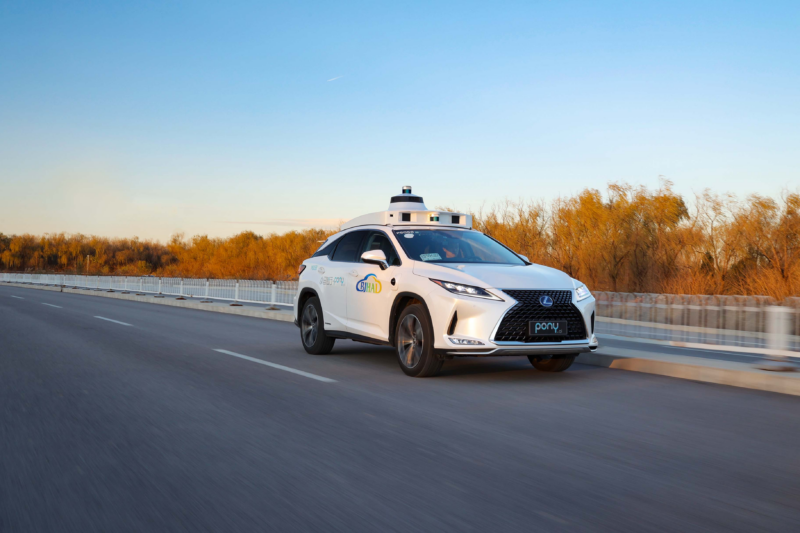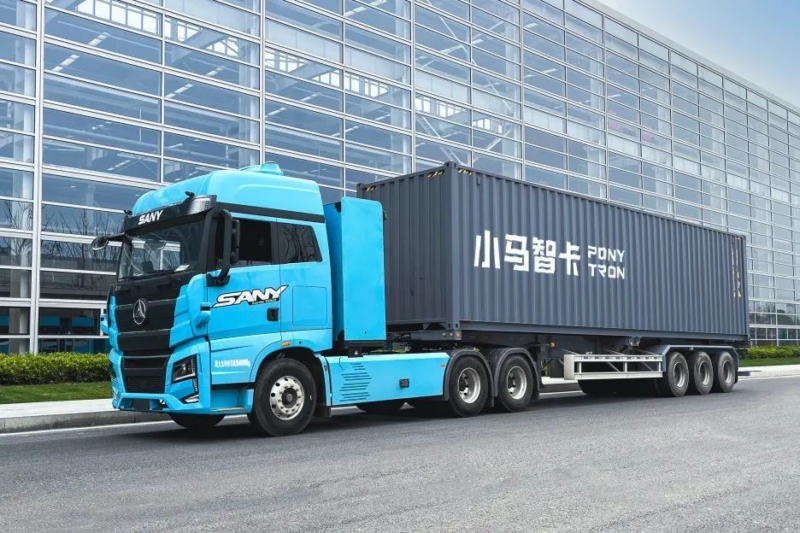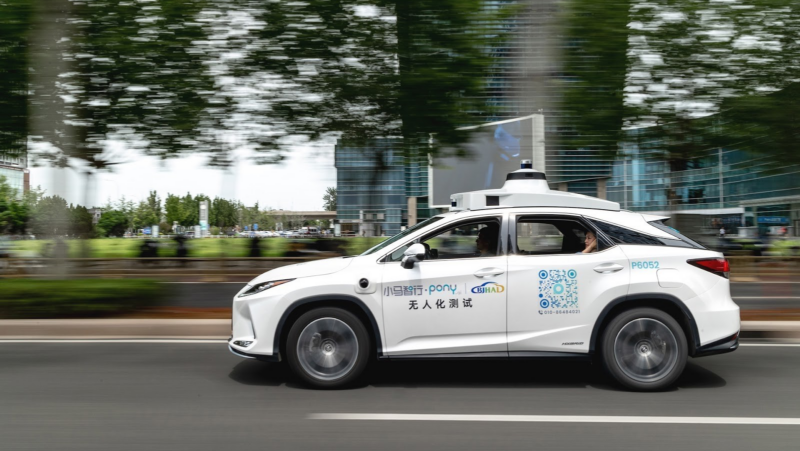Pony.ai co-founder dismisses Tesla’s Robotaxi as immature, cites lack of L4 readiness
In a candid interview conducted before Elon Musk’s high-profile Tesla Robotaxi unveiling, Pony.ai co-founder and CTO Lou Tiancheng boldly claimed, “Tesla hasn’t yet taken a seat at the L4 poker table.”
Lou’s remarks come ahead of Elon Musk’s highly anticipated announcement regarding Tesla’s Robotaxi. Lou emphasised that Tesla has not yet reached the “L4 table,” a term he uses to define companies that have achieved both driverless operation and large-scale deployment of their autonomous vehicles.
Lou, considered one of China’s premier programming talents and formerly with Google’s self-driving project (now Waymo), has consistently advocated for the L4 approach, which focuses on fully autonomous vehicles operating without human intervention in defined areas. He believes that L2 advanced driver-assistance systems, despite their increasing market penetration, fundamentally differ from L4 technology and that “the better L2 is, the further away it is from L4.”

According to Lou, the “L4 table” has clear criteria: driverless operation and scalability. He asserts that only three companies globally currently meet these standards: Waymo, Baidu, and Pony.ai. He also revealed that Waymo had explored and abandoned L2 technology around 2013-2014 because users often mistook L2 systems for fully autonomous L4 capabilities, posing a significant safety concern.
Lou explained that true L4 driverless operation requires a level of safety and reliability that is orders of magnitude higher than L2 systems, often taking six to seven years of dedicated development. He highlighted a “vacuum period” in the industry where significant internal technological advancements occur, but the external perception of progress remains stagnant because a safety driver is still present. This period, he believes, is why many companies struggle to reach the L4 table.
While acknowledging Tesla’s seriousness as a Robotaxi player and its alignment with some of Pony.ai’s technical judgments, Lou pointed out that Tesla’s current deployment of 20 vehicles is “very few” and does not qualify for the “L4 table.” He stated that a company needs at least a hundred vehicles operating around the clock and open to the public to be considered a serious L4 player. This indicates Tesla’s current lag in achieving the necessary scale for L4 operations.

Furthermore, Lou noted that Tesla’s initial deployment in Austin, Texas, a city with minimal rain and pedestrians, mirrors Waymo’s early approach. This choice of location is often strategic for autonomous driving companies as simpler environmental conditions allow for easier testing and validation of the technology before expanding to more complex scenarios. While understandable, this cautious, phased rollout further demonstrates that Tesla is still in the early stages of its L4 Robotaxi development compared to companies already operating at scale in diverse environments.
Pony.ai, which went public on Nasdaq in November 2024 with a market capitalisation of approximately 4.5 billion USD, has been a steadfast proponent of the L4 route. Lou and co-founder James Peng have consistently expressed their unwavering commitment to L4, viewing it as the core technology for transforming future mobility and vehicle design. Lou’s ambition extends to surpassing Waymo in the U.S. market, stating, “One day I want to beat Waymo in their home game.”

Lou also discussed the fundamental difference between L2 and L4, emphasising that L2 systems still require continuous driver monitoring, whereas L4 allows vehicles to complete all driving tasks independently within a defined operational design domain. He believes that the ultimate goal of autonomous driving is to change the form factor of cars, creating mobile spaces that do not require human drivers. He predicts this transformation could happen within the next decade.
Regarding the impact of Artificial General Intelligence (AGI), Lou believes that while media attention on AGI has amplified public perception, the actual pace of technological development has remained steady or slightly accelerated. He sees autonomous driving as one of the earliest applications of AGI, where AI agents will perform tasks better than humans without real-time human intervention.

Lou also touched upon the concept of “world models,” which Waymo introduced years ago. He explained that world models represent a shift from imitative learning to reinforcement learning, allowing AI to explore and learn autonomously in virtual environments. This approach, he noted, is more favourable to companies with internet backgrounds like Pony.ai, as it reduces reliance on real-world data and demands a different talent structure.
In conclusion, Lou Tiancheng’s perspective underscores the rigorous standards and significant investment required for true L4 autonomous driving. He firmly believes that, while serious, Tesla’s current Robotaxi efforts have not yet met the driverless operation and large-scale deployment criteria that define the leading players in the L4 space.
Source: Tencent Auto



